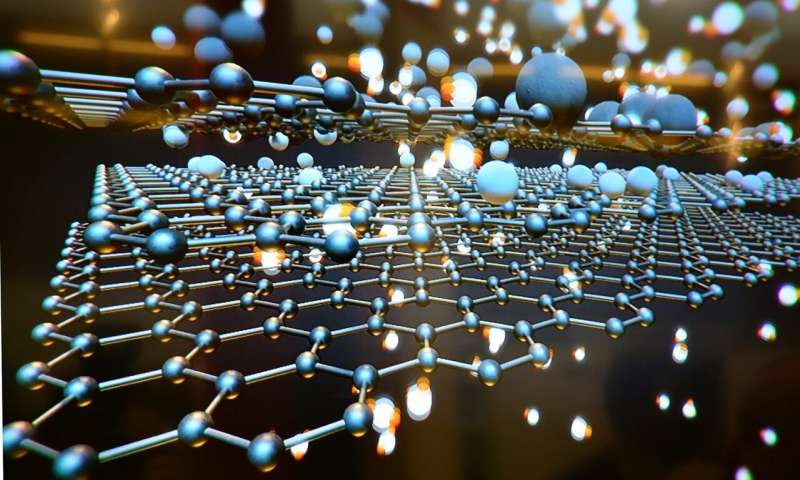A new way to deposit thin layers of atoms as a coating onto a substrate material at near room temperatures has been invented at The University of Alabama in Huntsville (UAH), a part of the University of Alabama System.
UAH postdoctoral research associate Dr. Moonhyung Jang got the idea to use an ultrasonic atomization technology to evaporate chemicals used in atomic layer deposition (ALD) while shopping for a home humidifier.
Dr. Jang works in the laboratory of Dr. Yu Lei, an associate professor in the Department of Chemical Engineering. The pair have published a paper on their invention that has been selected as an editor’s pick in the Journal of Vacuum Science & Technology A.
“ALD is a three-dimensional thin film deposition technique that plays an important role in microelectronics manufacturing, in producing items such as central processing units, memory and hard drives,” says Dr. Lei.
Each ALD cycle deposits a layer a few atoms deep. An ALD process repeats the deposition cycle hundreds or thousands of times. The uniformity of the thin films relies on a surface self-limiting reaction between the chemical precursor vapor and the substrates.
“ALD offers exceptional control of nanometer features while depositing materials uniformly on large silicon wafers for high volume manufacturing,” Dr. Lei says. “It is a key technique to produce powerful and small smart devices.”
[…]
“In the past, many reactive chemicals were considered not suitable for ALD because of their low vapor pressure and because they are thermally unstable,” says Dr. Lei. “Our research found that the ultrasonic atomizer technique enabled evaporating the reactive chemicals at as low as room temperature.”
The UAH scientists’ ultrasound invention makes it possible to use a wide range of reactive chemicals that are thermally unstable and not suitable for direct heating.
“Ultrasonic atomization, as developed by our research group, supplies low vapor pressure precursors because the evaporation of precursors was made through ultrasonic vibrating of the module,” Dr. Lei says.
“Like the household humidifier, ultrasonic atomization generates a mist consisting of saturated vapor and micro-sized droplets,” he says. “The micro-sized droplets continuously evaporate when the mist is delivered to the substrates by a carrier gas.”
The process uses a piezo-electric ultrasonic transducer placed in a liquid chemical precursor. Once started, the transducer starts to vibrate a few hundred thousand times per second and generates a mist of the chemical precursor. The small liquid droplets in the mist are quickly evaporated in the gas manifold under vacuum and mild heat treatment, leaving behind an even coat of the deposition material.
Source: Researchers develop new atomic layer deposition process

Robin Edgar
Organisational Structures | Technology and Science | Military, IT and Lifestyle consultancy | Social, Broadcast & Cross Media | Flying aircraft

